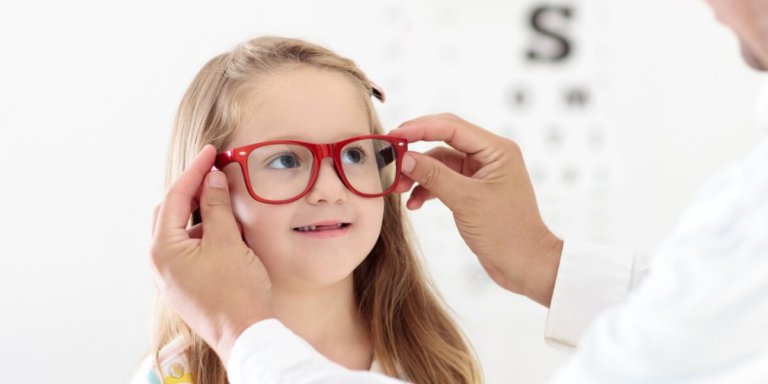
According to a new study by the World Bank and the EYElliance, Looking Ahead: Visual Impairment and School Eye Health Programs, “Due to lack of vision correction interventions, children with visual impairment are on average across countries about four percentage points less likely to ever start school, complete primary education, and be literate, although there are differences among others by gender as well as between regions (and of course between countries).”
The findings were based on analysis of census data taken in 21 countries. For 10 countries in Francophone Africa, the study found that children in primary school with visual difficulties don’t perform as well as other children on reading and mathematics test.
“Among children who are in primary school, children self-reporting seeing difficulties, a proxy for visual impairment, tend to do worse on standardized mathematics and reading tests in all but one of ten countries from francophone Africa that participated in the latest PASEC assessment.”
“The negative effects associated with vision impairment are substantial and can be as large as the negative effects caused by socio-economic disadvantage.”
What can be done to help children with visual impairment?
🌍 The @WorldBank have released a landmark report on school eye health programmes.
👀 80% of visually impaired children could have their vision corrected with a simple pair of glasses.
👏 For education to be inclusive, it must implement school eye health programmes. pic.twitter.com/5UvakOQspd
— Clearly (@ClearlyWorld) December 4, 2019
School eye health programmes are currently being piloted in several countries, especially after the World Health Organisation (WHO) called for “activities in prevention, treatment and rehabilitation to promote eye health in children.”
These programmes consist of school-based vision screening by teachers or nurses, school-based eye exams and referrals if there are more serious conditions, and eyeglasses delivery or advanced treatment as needed.
The solution to most visual impairment problems for children is eyeglasses, whether customised eyeglasses for those with certain problems or regular ready-made glasses found in optical stores.
But children in disadvantaged communities don’t always have access – or the funds – to see an optician or purchase a pair of eyeglasses.
There are also those who have more serious eye conditions and need to see a specialist in order to get further treatment.
Unfortunately, those in lower socioeconomic groups are not receiving enough support to help children with visual impairment.
The study found, “Students in the higher socio-economic quintiles and in urban areas are more likely to have eyeglasses, suggesting that the needs of children in poorer areas and from households in poverty are not being met.”
Therefore, there must be more support by schools and communities to get these children the help they need.
With partners, Sightsavers is addressing refractive error by integrating eye screenings into national school health programmes #SpecsAppeal pic.twitter.com/FooPB4Z9MR
— Sightsavers (@Sightsavers) August 6, 2017
According to the study, “For children with visual impairment, it is not their disability as such that is restricting schooling and learning.
“Rather, it is the lack of accommodations, including through vision screening, the provision of eyeglasses, accessible material for the blind, teacher support, and other related factors that lead to disability gaps in educational attainment, literacy, and achievement.”
According to the Community Eye Health Journal, “Comprehensive school eye health programmes are not just about (uncorrected refractive error) URE, but can also have a positive impact on locally endemic diseases such as vitamin A deficiency or trachoma.
“School eye health programmes should also include identifying and referring children with other eye conditions such as strabismus or lens opacities. Health promotion and education in schools can reduce the spread of epidemic diseases such as viral conjunctivitis and reduce the risk of eye injuries. The eye health of teachers can also be addressed by detecting and managing any refractive errors, including presbyopia.”
Despite these efforts, the latest study shows that there is more work that needs to be done in marginalised communities to improve visual health and in turn, improve learning outcomes and enrolment in primary school children.
Liked this? Then you’ll love…
PISA 2018 results show that youth reading skills must improve worldwide
Should students be given more control over how and what they learn?







